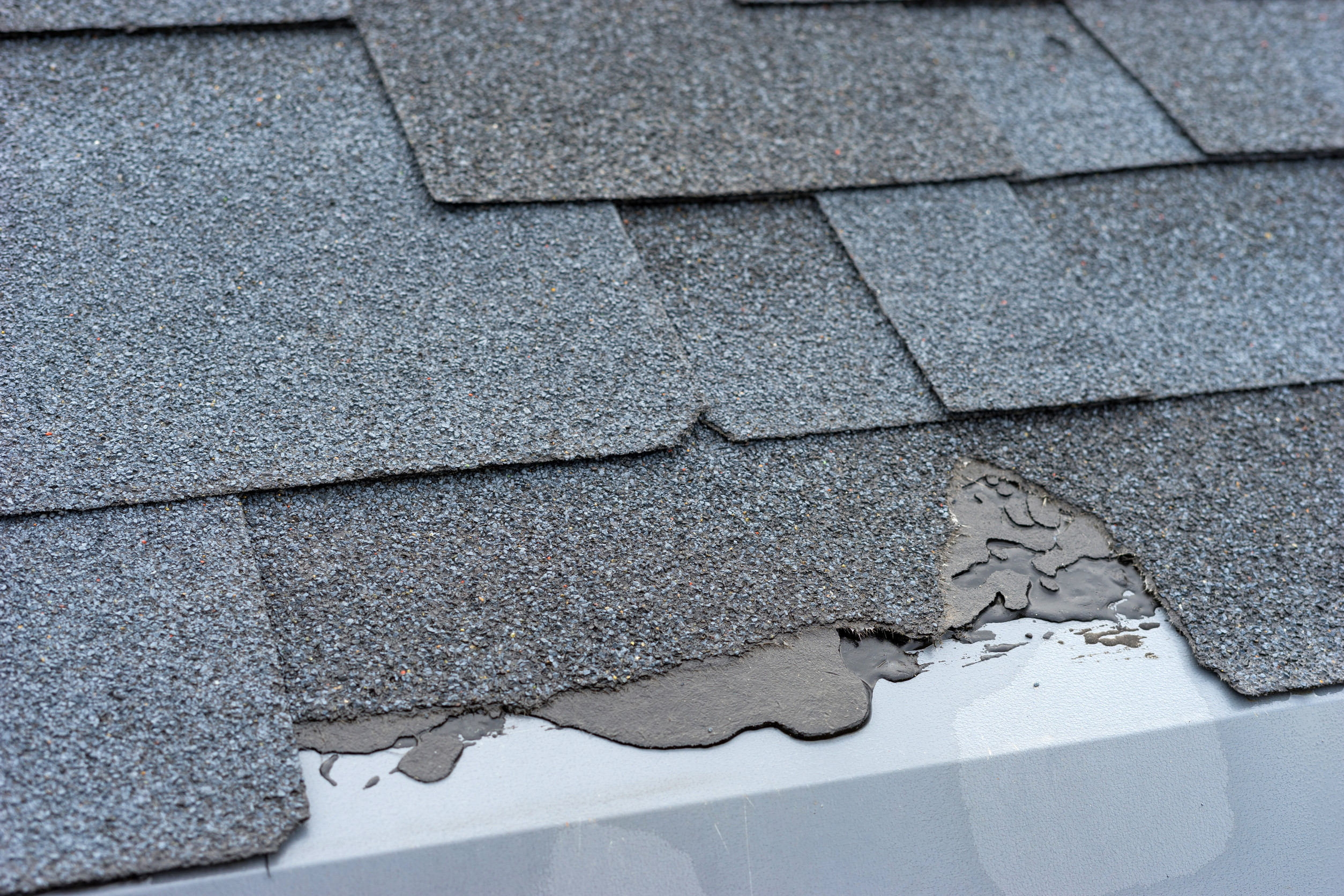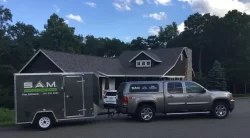
When a storm rolls through, your roof is your home’s first line of defense—and it takes a beating. From heavy winds and pounding hail to fallen branches and sheets of rain, bad weather can leave behind more damage than you might expect. And sometimes, you won’t even realize there’s a problem until water starts dripping inside.
Whether it’s your first time dealing with storm damage or you’re just trying to stay ahead of the next big one, here’s what you need to know about how storms can affect your roof—and what to do afterward.
Even without tornado-level gusts, strong winds can still do serious damage. High winds can lift shingles, peel them back, or tear them off completely. They can also loosen flashing and ridge vents or blow debris across the surface of your roof.
What to watch for:
Wind damage often leads to leaks, so don’t wait to get it checked out—even if things “look okay” from the ground.
Hail can leave behind more than just a few dents. Those icy little troublemakers can knock the protective granules off your shingles, crack the surface, or damage vents and flashing. Sometimes the damage isn’t obvious at all, but it weakens the roof and opens the door for future leaks.
Signs of hail damage include:
If you’ve had hail in your area recently, it’s smart to schedule a professional inspection—even if you don’t see anything right away.
If your roof already has a small issue—like loose shingles or worn flashing—heavy rain can make it worse, fast. Water can seep into your attic, walls, and insulation before you even notice it’s happening.
Common signs of water intrusion:
Don’t wait for visible water damage to appear. Catching these signs early can save you from bigger, more expensive repairs later.
Storms often bring more than just rain. High winds can knock down tree limbs or send debris flying, and all of that can land right on your roof. Even something small can damage shingles or dislodge flashing.
After the storm, check for:
If there’s a large branch or any kind of heavy object up there—don’t try to remove it yourself. Call a professional to inspect and remove it safely.
Storms can clog your gutters with leaves, twigs, and debris. And if your gutters can’t drain properly, water can back up under your shingles and eventually cause leaks, rot, or foundation issues.
Gutter cleanup checklist:
Keeping your gutters clear is one of the easiest ways to protect your roof—and your home—from water damage.
Storms can do a number on your roof—but the sooner you catch and fix the damage, the better. Whether it’s a few missing shingles or more serious issues, staying proactive can save you from major repairs down the road.
At S.A.M. Shingles & More, we offer thorough inspections and reliable storm damage repairs you can trust. If your roof’s been through a rough patch, give us a call. We’ll help make sure your home stays safe, dry, and protected—no matter what the weather brings.

